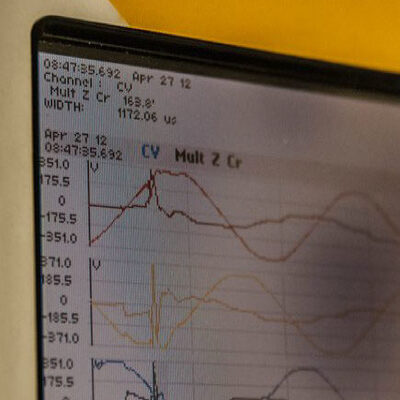Any questions? Please get in contact, we would love to hear from you.
Search our site
Latest News
 PFC Switch ReplacementApril 16, 2024 - 11:30 am
PFC Switch ReplacementApril 16, 2024 - 11:30 am Baggage Line PFC ReplacementApril 8, 2024 - 11:30 am
Baggage Line PFC ReplacementApril 8, 2024 - 11:30 am Power Factor Assembly ReplacementMarch 28, 2024 - 11:00 am
Power Factor Assembly ReplacementMarch 28, 2024 - 11:00 am
© 2024 PFC Engineering







